Introduction
For those looking to streamline app backend development, there are many MBaaS platforms to choose from. In this article, we will compare the Backendless platform to one of the largest alternatives, Google’s Firebase. We will review functionality available in the following categories:
- Data Management – We will examine how each platform approaches managing and manipulating data. This includes features such as data import and export, schema creation and modification, and data validation.
- User Management – We will review the features that these platforms offer for managing user data and profiles.
- File Management – We will discuss how each platform facilitates saving and sharing files, including file upload both within the platform and via API, and file management within the platform’s UI.
- Real-Time Messaging – We will compare the platforms’ real-time data capabilities to determine which provides the greatest flexibility.




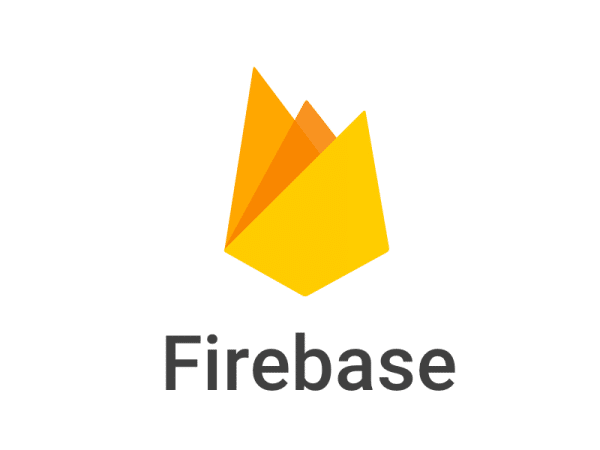
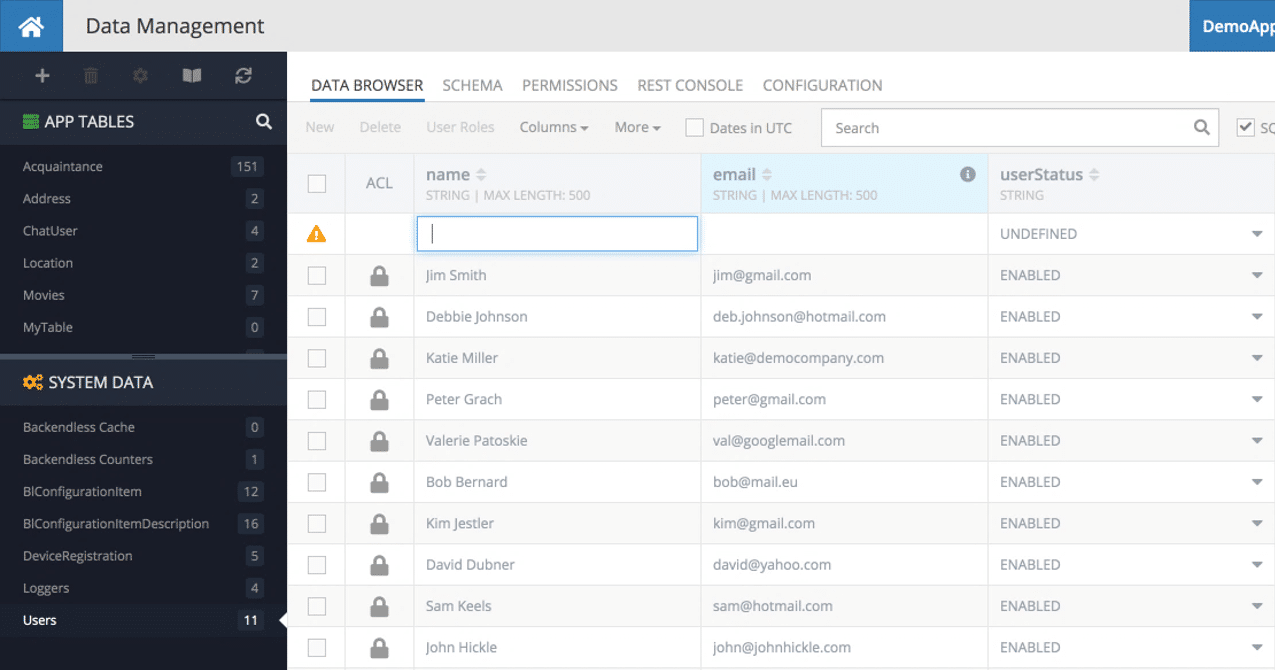

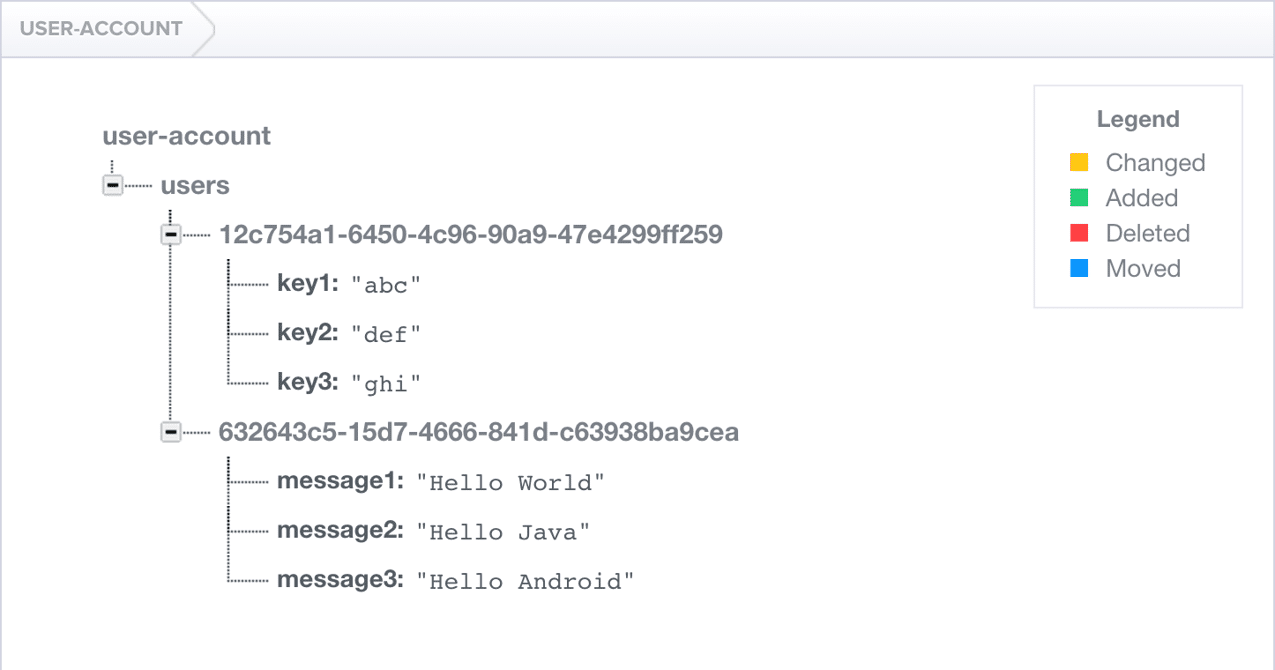
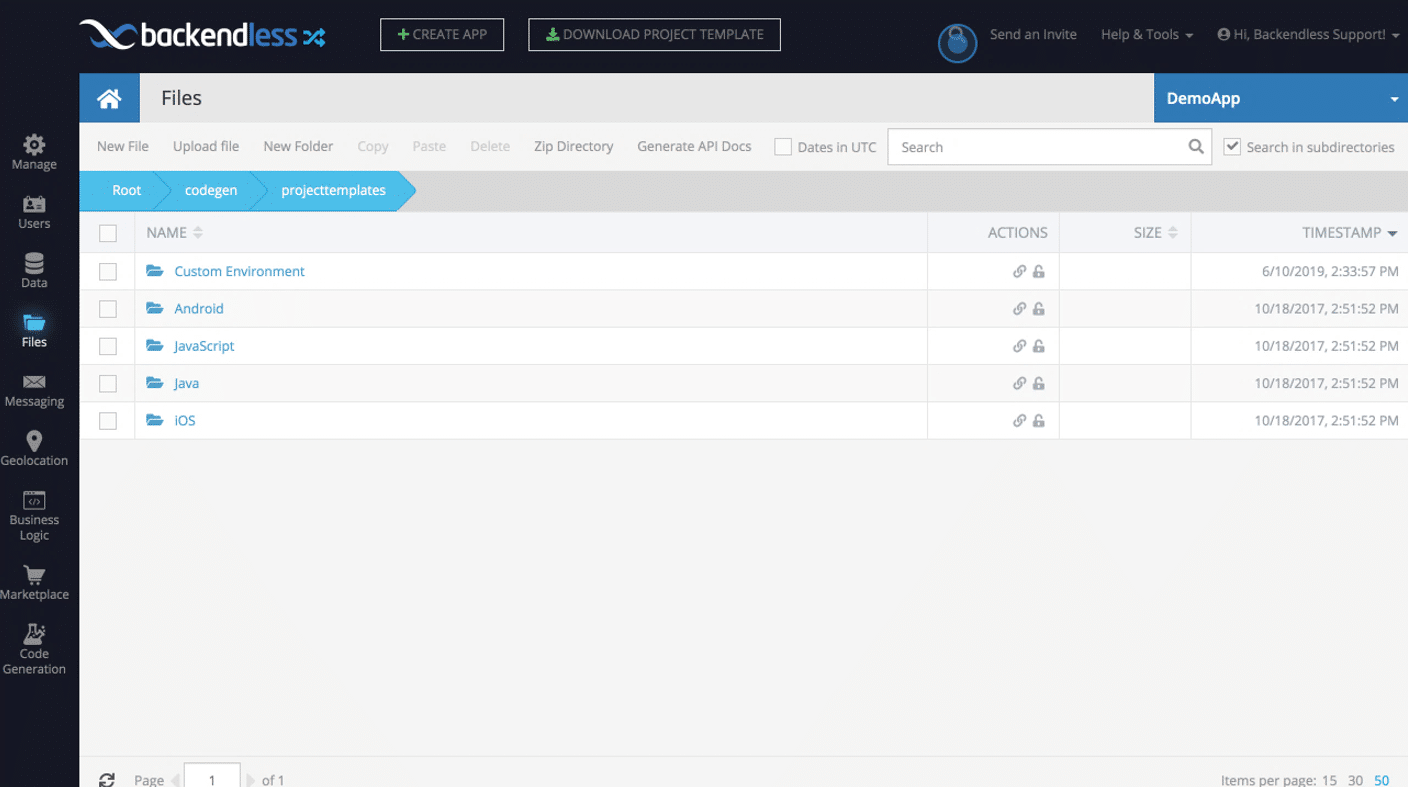

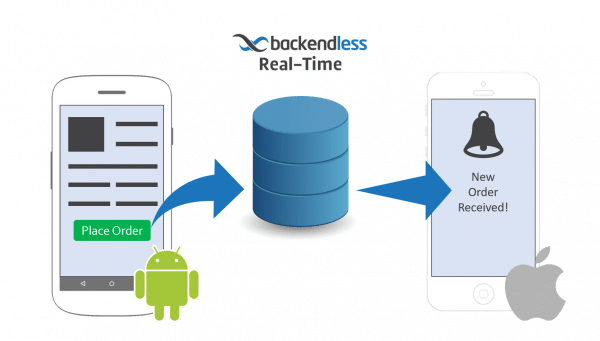
Hello,
That’s awesome! can you add the pricing to the comparison?
Regards
Hi Ibrahim,
Unfortunately, there are simply too many variables to be able to reasonably compare on price. It very much depends on the needs of your app, the features you intend to use, the scale at which you expect to grow, and so on. You can view our pricing here and compare it with pricing available from Firebase itself to make the comparison for your needs.
Cheers,
Backendless Team
Good morning.
I want to use backendless for a delivery with more than 10 thousand active users
You may have no problems with the plans?
No problem at all. Would love to have you on board!